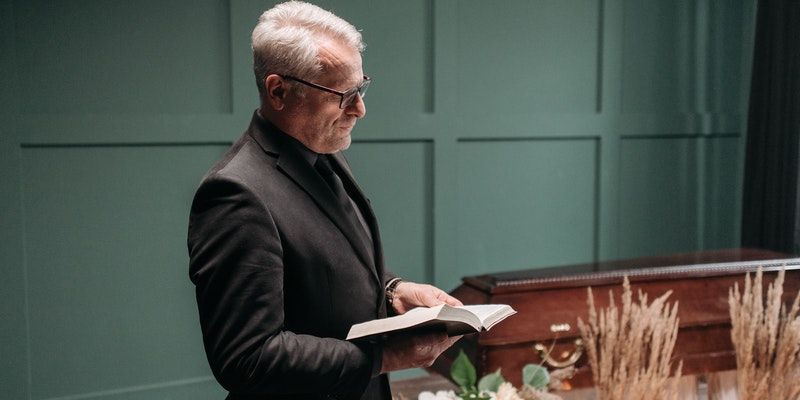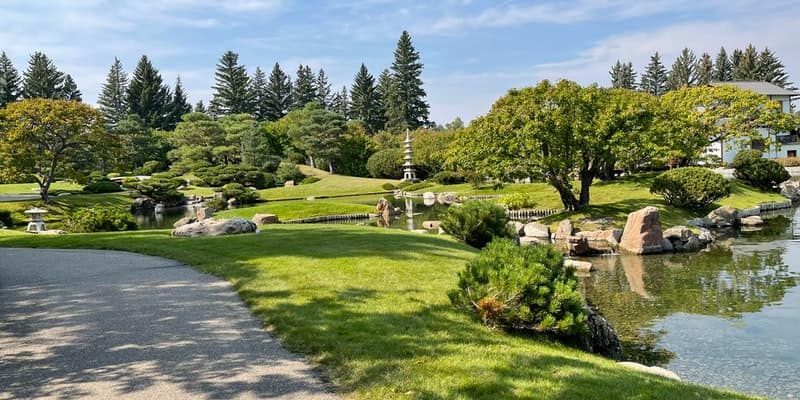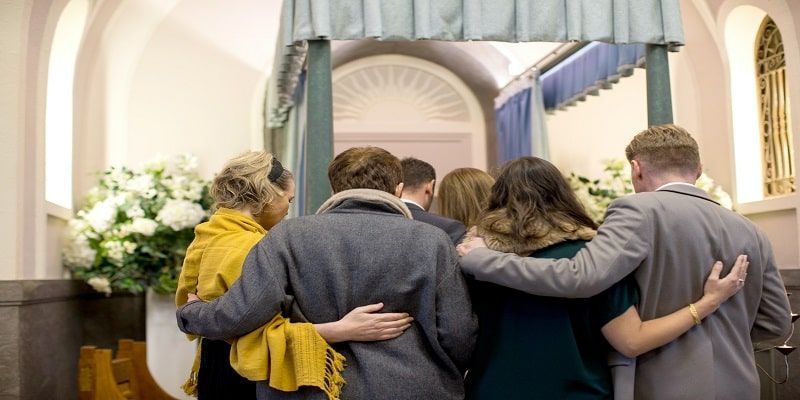Exploring Burial Options and What They Involve
Discover burial options: Traditional burials, cremation, green burials, and more. Learn what each entails to make informed end-of-life decisions.

Death is an inevitable part of life, and when the time comes to make arrangements for a loved one's or your final resting place, many burial options may come into play. Understanding the intricacies of these options is vital in making informed and meaningful decisions about end-of-life arrangements. In this article, funeral homes Brea, CA, will delve into various burial options and what each involves, helping you navigate this important aspect of life's journey with clarity and insight.
1. Traditional Burials
Traditional burials involve interring the deceased in a cemetery, often in a casket. The process typically includes embalming and a formal funeral service to preserve the body. It's a common choice, but it's essential to consider traditional burials' price, environmental impact, and space limitations.
2. Cremation
Cremation has gained popularity in recent years for its budget-friendly and versatility. It involves incinerating the body reducing it to cremains. These remains can be stored in an urn, spread, or placed in a mausoleum. Cremation is often more affordable than traditional burials and offers flexibility in memorialization.
3. Natural or Green Burials
Green burials are a more environmentally friendly option. The body is buried without embalming in a biodegradable casket or a simple shroud, allowing it to return to the earth more naturally. Green burial grounds are designed to maintain and enhance the local ecosystem, providing a sustainable choice for those who care about the environment.
4. Home Burials
Home burials, though less common, are still legal in some places. This option involves burying a loved one on your private property. However, it requires adherence to local regulations and zoning laws and meticulous record-keeping to ensure that future landowners know the burial site.
5. Mausoleums
Mausoleums are above-ground structures where caskets or urns are placed in small chambers or niches. They provide a dignified and secure resting place and are often used in combination with cremation.
6. Natural Burial Grounds
Natural burial grounds, or conservation burial grounds, offer an eco-friendly alternative to traditional cemeteries. They are designed to protect and preserve the environment while allowing for natural decomposition. No embalming or non-biodegradable caskets are used, and headstones are typically minimal, ensuring a natural and serene setting.
7. Memorial Reefs
A unique and environmentally conscious choice, memorial reefs incorporate cremated remains into artificial coral reefs. These reefs are placed in the ocean, providing a lasting memorial and helping to restore marine ecosystems.
8. Donating the Body to Science
Donating your body to science is a selfless choice that allows your remains to contribute to medical education and research. Afterward, the body is typically cremated, and the cremains may be returned to the family upon request.
9. Cryonics
Cryonics is a speculative option that involves preserving the body at extremely low temperatures, hoping for future revival. It's a controversial and pricey choice that requires specific arrangements and legal paperwork.
Involving your loved ones in the decision-making process is crucial when considering burial options. Discuss your preferences, beliefs, and budget to ensure everyone is on the same page. Additionally, consider these key factors:
1. Outlay: Funeral and burial fees vary significantly depending on the chosen option. Be sure to plan for the financial aspects of your end-of-life arrangements.
2. Personal and Religious Beliefs: Your personal and religious beliefs can influence your choice. Consider how your preferred option aligns with your values and your family's.
3. Environmental Impact: If environmental concerns are significant, explore eco-friendly options like green burials or natural burial grounds.
4. Location: Consider the availability and suitability of burial options in your area. Regulations and cultural practices can vary by region.
5. Legacy and Memorialization: Consider how you want to be remembered. Traditional burials often offer more formal and permanent memorials, while cremation allows for greater flexibility in how you're memorialized.
In life's journey, planning for the inevitable is an act of love and consideration for yourself and your loved ones. The diverse array of available burial options at funeral homes Brea, CA, allows choices that align with your values, beliefs, and circumstances. As you explore these options, consider the financial implications, the emotional significance, and the environmental impact. Discuss your preferences openly with your family and ensure your decisions provide closure and a lasting tribute that reflects your unique legacy. Whether you opt for a traditional burial, cremation, green burial, or any other choice, knowing each option will empower you to make decisions that bring peace, comfort, and a sense of fulfillment to your end-of-life journey. You may contact us at Community Funeral Service to learn more.










